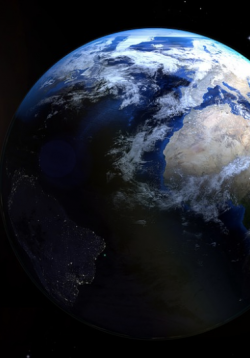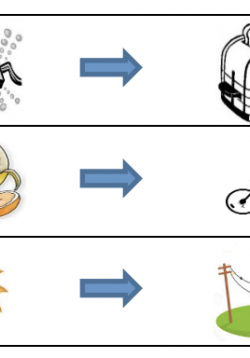Cost Effective Solar Cells: Solar Energy Equity and Sustainability
This lesson is designed to span 2 days with 40-minute sections. On the introduction day, three solar power articles will be read to set up a Socratic Seminar dialogue on Day 2. A teacher will need to read the articles. The articles investigate the pros and...







